
People Who Do This Every Morning Have Better Circulation and More Energy
How to Improve Blood Circulation Naturally (Research-Based)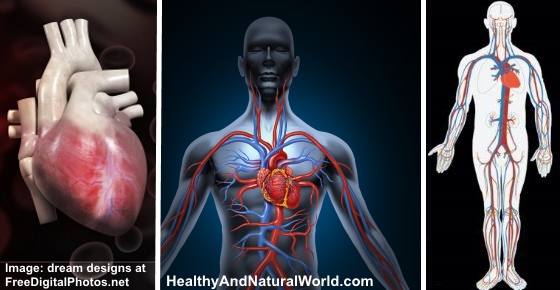
Good blood circulation is essential to maintaining optimal health. It ensures that your blood flows efficiently to all vital organs, delivering oxygen and nutrients that your body needs to function properly. If you frequently experience symptoms like cold feet and toes, swelling in your feet, pins and needles in your arms or legs, or persistent fatigue, poor blood circulation may be the cause. Additionally, poor circulation can contribute to more severe issues such as hair loss, dizziness, or headaches.
The good news is that improving blood circulation naturally can be achieved through simple lifestyle changes. You can boost blood flow through proper nutrition, regular exercise, effective stress management, and proper hydration. In this article, we’ll explore several evidence-based strategies to improve your blood circulation and promote overall health.
What is Blood Circulation and Why is it So Important?
Blood circulation is the process by which your heart pumps blood throughout your body via a network of arteries and veins. According to Dr. James Beckerman, a cardiologist at WebMD, your heart beats approximately 100,000 times a day and pumps around 2,000 gallons of blood. The blood carries oxygen and nutrients to tissues while also removing waste products. Proper circulation is necessary to maintain good blood pressure, regulate body temperature, stabilize pH levels, and keep all cells in your body functioning efficiently (WebMD, 2022).
When circulation is compromised, it can affect your entire body. You may first notice poor circulation in your fingers and toes, but it can also lead to dizziness, shortness of breath, high blood pressure, chest pains, and varicose veins. Without proper circulation, the organs and tissues do not receive the oxygen and nutrients they need, leading to further health issues (American Heart Association, 2023).
Factors Affecting Blood Circulation
There are several factors that can affect blood circulation. Aging and high blood pressure are two of the most common contributors. As you age, your arteries lose some of their elasticity, which causes them to become narrower. This makes it harder for your heart to pump blood through your body, leading to increased blood pressure. High blood pressure further damages the blood vessels, exacerbating circulation problems (Ochsner Journal, 2022).
Other factors that negatively impact circulation include being overweight, smoking, diabetes, high cholesterol levels, and physical inactivity. These factors contribute to various cardiovascular problems and increase the risk of heart disease, stroke, and hypertension.
Maintaining good circulation is crucial to preventing these issues, especially as you age. By addressing circulation problems early on, you can protect your heart and blood vessels and improve your quality of life.
How to Improve Blood Flow Naturally
Here are several research-backed strategies to improve blood circulation in your body:
1. Exercise Regularly
Physical activity is one of the most effective ways to improve circulation. Exercise helps your heart pump blood more efficiently, which boosts overall circulation. The American Heart Association recommends at least 150 minutes of moderate exercise per week, or 75 minutes of vigorous exercise. Regular exercise not only improves blood flow but also reduces the risk of heart disease, helps manage weight, lowers cholesterol, and reduces stress (American Heart Association, 2023).
Walking, jogging, swimming, cycling, and playing sports are all great ways to increase your heart rate and improve circulation. Even simple activities, such as climbing stairs or taking short breaks to walk, can make a significant difference.
2. Stretch Regularly
Incorporating stretching exercises into your daily routine is a simple and effective way to enhance blood circulation. Stretching helps relax muscles and improves blood flow to the limbs. This is particularly important for people who sit for long periods, as prolonged sitting can slow blood circulation.
A study published in the European Journal of Experimental Biology found that regular stretching exercises significantly increase blood flow to tissues and organs, providing cardiovascular benefits (European Journal of Experimental Biology, 2016). So, take a few minutes each hour to stretch or get up and move around.
3. Massage Therapy
Massage is another great way to stimulate blood flow. It reduces muscle tension and promotes the release of toxins, which can improve circulation. A study published in Medical Science Monitor found that massage therapy significantly increases blood flow and can help alleviate lower back pain (Medical Science Monitor, 2021).
Using essential oils during massage can also enhance circulation. For example, rosemary oil has been shown to improve blood circulation and reduce pain (Phytomedicine, 2020). Peppermint oil can also boost circulation to the scalp, promoting hair growth (National Institutes of Health, 2014).
4. Follow a Healthy Diet
A well-balanced diet rich in fruits, vegetables, whole grains, and lean proteins can enhance blood circulation by improving heart health. Studies have shown that foods containing nitrates, like leafy greens, help to dilate blood vessels and improve blood flow (British Journal of Clinical Pharmacology, 2020).
Incorporating foods like garlic, berries, fatty fish (such as salmon), and green tea into your diet can also help prevent plaque buildup in the arteries, a condition known as atherosclerosis, which impairs blood flow.
5. Stay Hydrated
Proper hydration is essential for healthy blood circulation. Dehydration reduces blood volume and increases the viscosity (thickness) of blood, making it more difficult for your heart to pump blood effectively. The Journal of Physiology reported that dehydration significantly reduces blood flow to muscles during exercise (Journal of Physiology, 2020).
Aim to drink at least 8-12 cups of water per day. If you’re physically active or live in a hot climate, you may need to increase your water intake to stay properly hydrated.
6. Limit Caffeine and Alcohol
Excessive consumption of caffeine and alcohol can negatively impact blood circulation. While moderate caffeine intake may provide some cardiovascular benefits, overconsumption can increase heart rate and blood pressure, negatively affecting circulation (Human Brain Mapping, 2019). Similarly, while one glass of red wine may offer heart-healthy benefits, excessive alcohol intake can lead to high blood pressure and poor circulation (National Institute on Alcohol Abuse and Alcoholism, 2022).
7. Drink Green Tea
Green tea is packed with antioxidants that support cardiovascular health and improve blood flow. A study published in Current Medicinal Chemistry found that drinking green tea regularly helps increase blood flow, particularly in smokers (Current Medicinal Chemistry, 2020). For best results, aim to drink 2-3 cups of green tea daily.
8. Limit Salt Intake
Excessive salt intake is known to contribute to high blood pressure and poor circulation. Dr. Jennifer Keogh of WebMD emphasizes that reducing salt intake has a positive effect on blood vessel health, helping to regulate blood flow (WebMD, 2022). Reducing processed foods and choosing low-sodium alternatives can help manage your salt intake.
9. Try Ginkgo Biloba
Ginkgo biloba is an herb known to improve blood circulation. It works by widening blood vessels and increasing blood flow. Studies have shown that ginkgo biloba can help with circulation in the legs, brain, and other parts of the body (University of Maryland Medical Center, 2022). It is often used as a remedy for poor circulation and cognitive decline.
10. Practice Hydrotherapy
Hydrotherapy, or the use of water for therapeutic purposes, can enhance circulation. A warm bath or sauna can help relax muscles and promote better blood flow. Dr. Jerrold Petrofsky of Loma Linda University found that a 30-minute warm bath improves circulation and reduces blood pressure (Loma Linda University, 2021). Additionally, alternating between hot and cold water can stimulate blood flow and improve vascular health.
11. Elevate Your Legs
Elevating your legs is a simple yet effective way to improve circulation, especially if you experience leg pain, swelling, or discomfort. The UC Davis Vascular Center recommends elevating your legs to a level above your heart for 15 minutes several times a day to improve blood flow and reduce swelling (UC Davis Vascular Center, 2022).
12. Manage Stress
Chronic stress can negatively affect your blood circulation by causing blood vessels to constrict, reducing blood flow. Learning to manage stress through relaxation techniques like meditation, deep breathing, or laughter can improve circulation and reduce the impact of stress on your cardiovascular system (British Heart Journal, 2021).
13. Quit Smoking
Smoking is a major contributor to poor circulation. It damages the walls of blood vessels, increases blood clot formation, and leads to plaque buildup in the arteries. Quitting smoking can significantly improve your vascular health and reduce your risk of heart disease (National Heart, Lung, and Blood Institute, 2022).
Conclusion
Improving blood circulation is essential for maintaining good health, especially as you age. By making small, consistent changes to your lifestyle, such as exercising regularly, managing stress, staying hydrated, and following a healthy diet, you can significantly improve circulation and reduce the risk of cardiovascular problems. If you experience symptoms of poor circulation, such as cold extremities, dizziness, or swelling, it's important to consult with a healthcare professional to determine the underlying cause and receive appropriate treatment.
By adopting these natural remedies, you can ensure that your circulatory system works effectively, enhancing your overall health and well-being.
News in the same category


12 warning signs of poor circulation in your legs.

Treating Nail Fungus Naturally

7 ways to protect your heart during the winter months

Unexplained Bruising on Your Body: Causes and Treatments

Coconut water: Is It Good for You, Nutrition, Benefits, Side Effects (Science Based)

Lose just 1 gram of fat in your pancreas – and your diabetes may reverse, study finds

Doctors warn about 7 overlooked prostate cancer signs you should never ignore

The best way to lower blood pressure fast!

Top 5 Veggies to Detox Your Arteries and Prevent Heart Attacks!

Untreated sleep apnea may nearly double your risk of Parkinson’s, major study finds
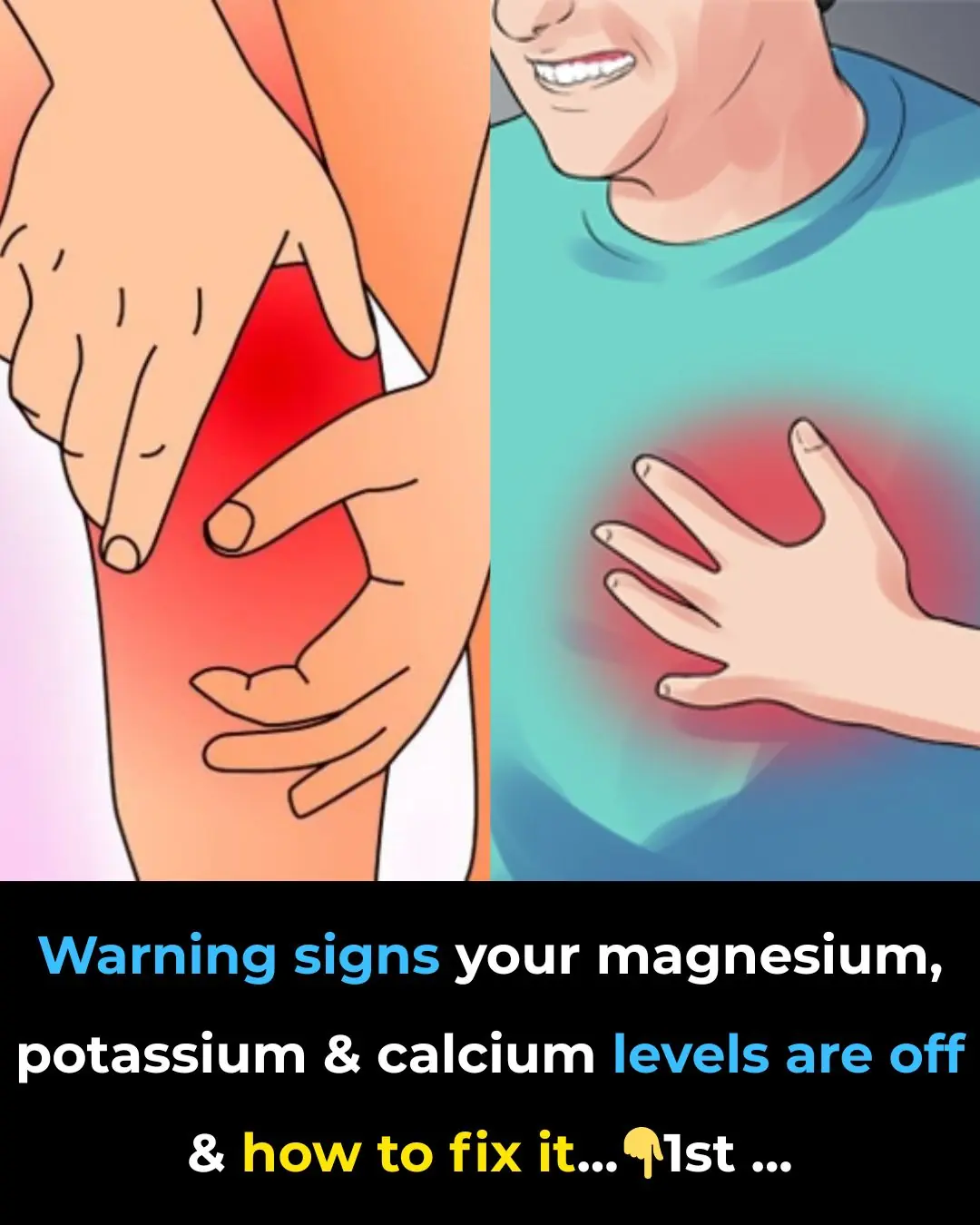
Warning Signs Your Magnesium, Potassium and Calcium Levels Are OFF and How To FIX It!
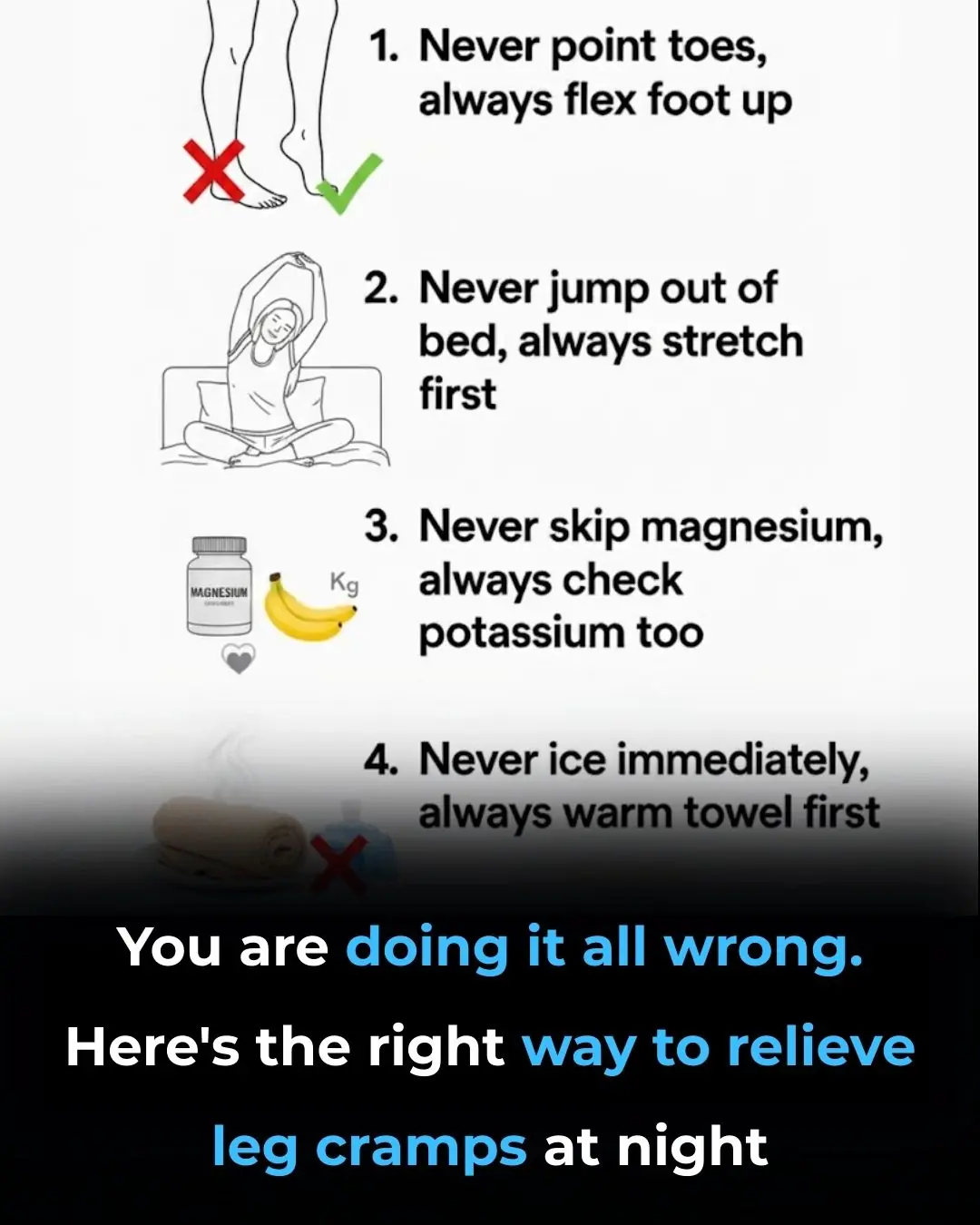
You are doing it all wrong. Here’s the right way to relieve leg cramps at night
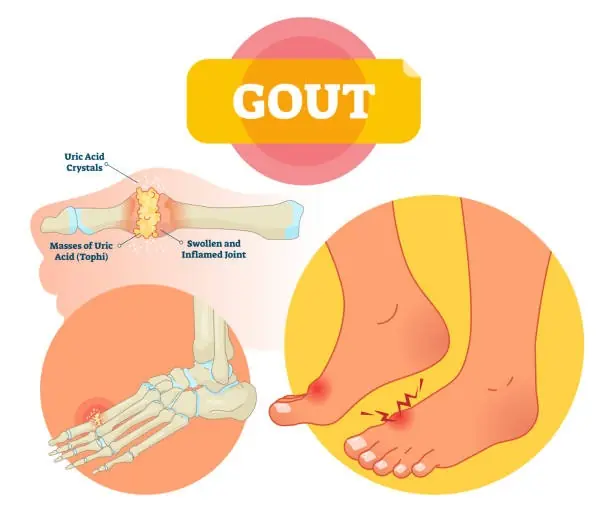
Few Know This Trick To Stop Uric Acid Crystals From Destroying Joints
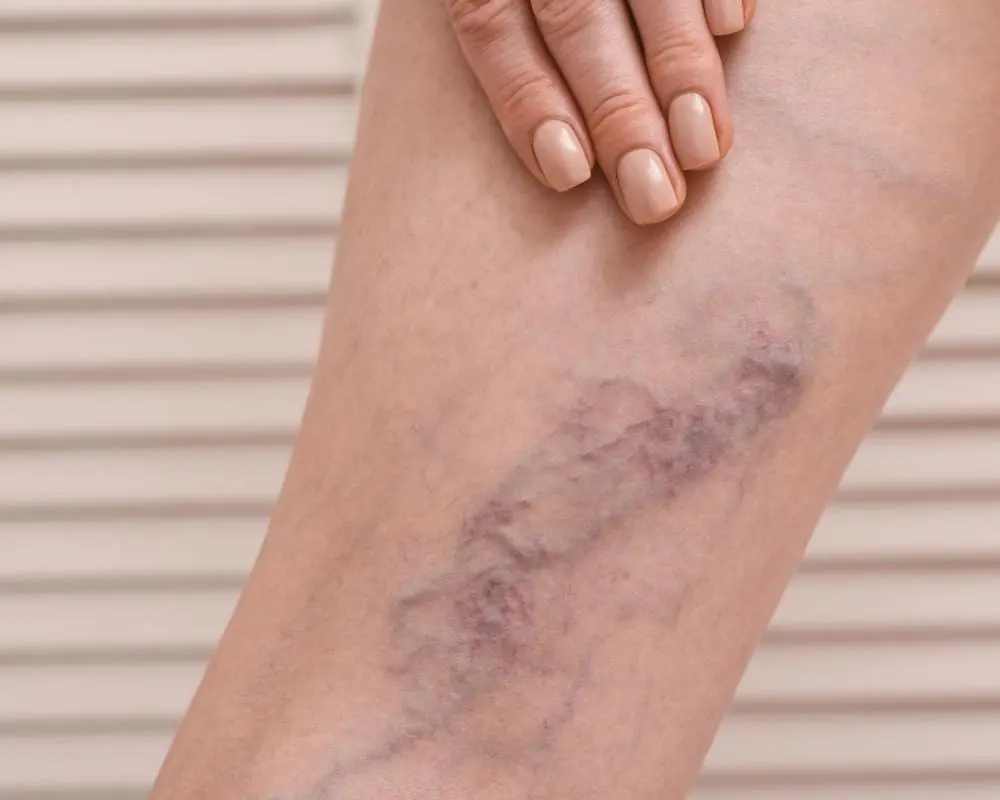
WHAT IS THROMBOSIS? SYMPTOMS AND HOW TO PREVENT IT

The Surprising Healing Power of Onion Milk

AVOID Ginger If You Have THESE Health Problems

12 medications you should never mix with coffee

Headache Above or Behind the Left Eye: Causes and Treatments
News Post

🛡️ The Holy Grail of HIV Research: A Broadly Neutralizing Antibody Targets the Virus's Achilles' Heel

The Day Mr. Brooks Walked Back Into the Sunlight.

🌊 Harnessing the Ocean’s Power: Scientists Pioneer a Breakthrough in Turning Seawater into Emission-Free Hydrogen Fuel

Stacey A. Dixon Set To Make History As The Highest Ranking Black Woman In U.S. Intelligence

🧬 Pioneering Hope: Japanese Researchers Achieve Historic Movement Restoration Using Stem Cell Therapy for Paralysis

🧊 The New Frontier in Oncology: MRI-Guided Cryoablation Offers Non-Invasive, Precision Cancer Treatment

First Black Woman To Become Union Pacific Railroad Train Engineer Releases New Autobiography

🧠 The Resilient Mind: A Case Study in Neuroplasticity Challenges the Limits of Human Cognition

🕷️ The Unexpected Side Effect: Neurotoxins in Brazilian Wandering Spider Venom and the Quest for New Medicines

Remembering Fashion Icon André Leon Talley and the Powerful Legacy He Left Behind

She Just Made History As The First Black Person In The World To Hold A PhD In Survey Methodology

Homemade Carrot Oil for Glowing Skin

Fresh, delicious, firm field crabs, just aim for this spot, 10 out of 10 will be correct.

Why do flat plugs always have two small holes? It turns out they have surprising uses that many people don't know about.
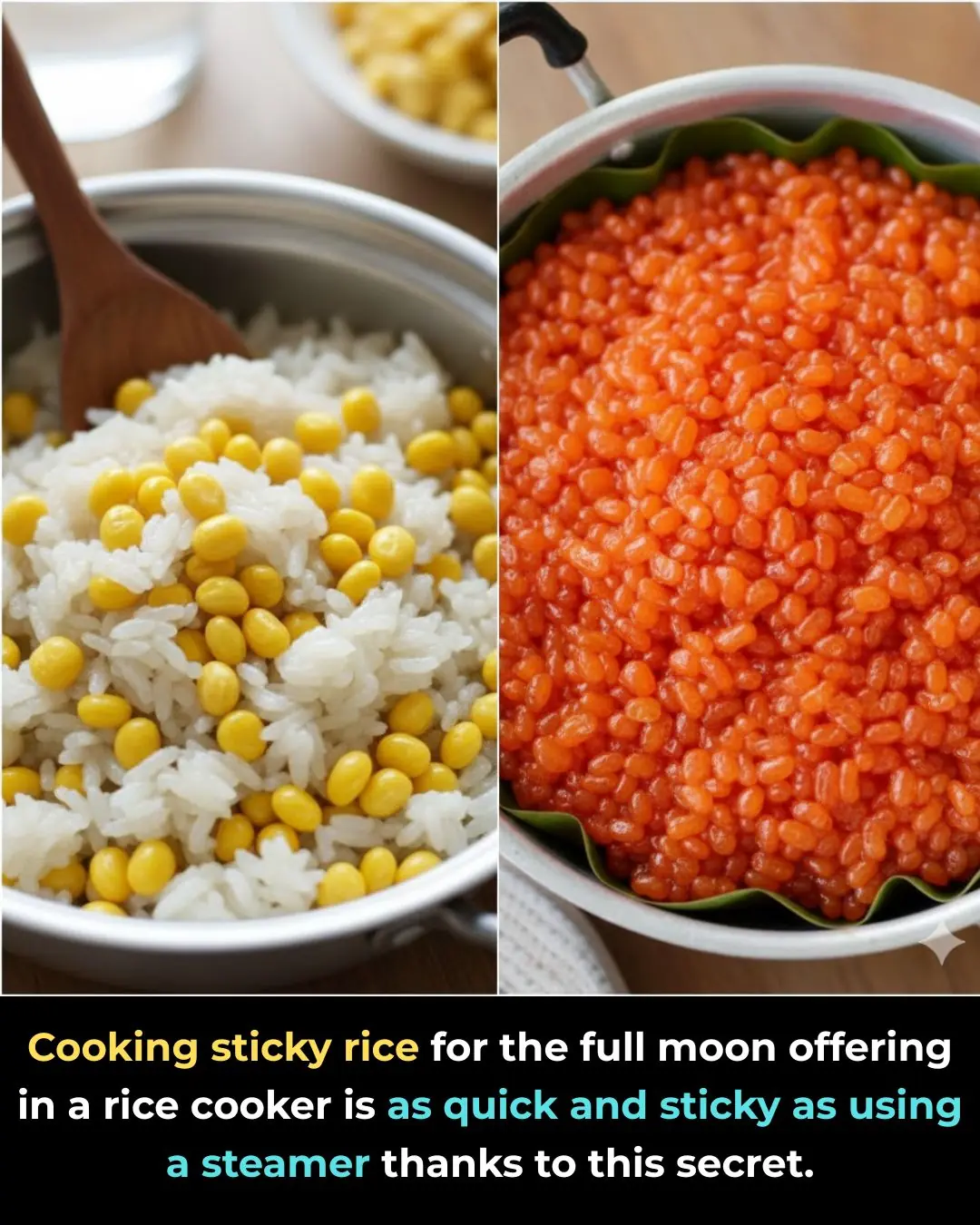
Cooking sticky rice for the full moon offering in a rice cooker is as quick and sticky as using a steamer thanks to this secret.
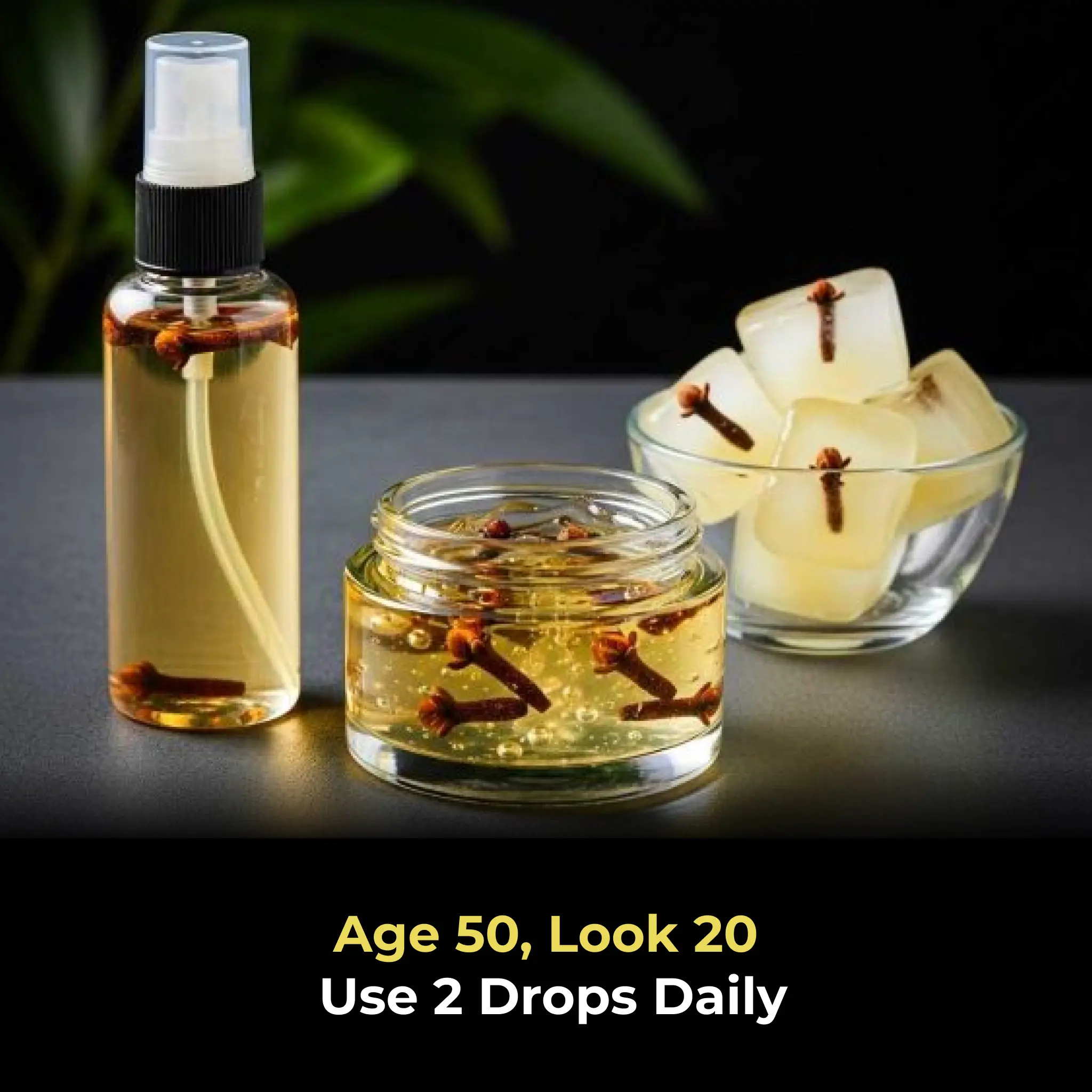
Clove benefits for Skin – Clove Oil, Clove Gel & Clove ice cubes

Look 10 Years Younger Wash your Face daily with this Water

The Best Natural Remedies to Treat and Prevent Varicose Veins Effectively
